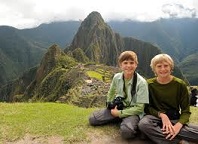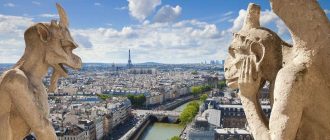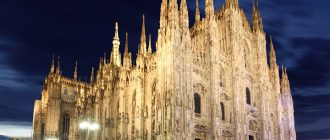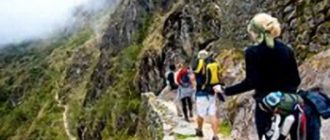Machu Picchu was rediscovered more than 100 years ago and has become a famous tourist destination for people all over the world. Read our guide for more facts and information…
‘Machu Picchu’ means ‘Old Mountain’. A historian named Hiram Bingham rediscovered the hidden city of Machu Picchu in the year 1911. The discovery was very exciting for archaeologists. Its location on the high Andes Mountains is a mystery. Some say that it was a religious retreat, but others believe that it could have been a country estate. After exploring the ruins, historians discovered that it was built by an Incan emperor called Pachacuti. It is interesting to see the building ruins and the natural beauty of the whole place. Machu Picchu has a special energy flow and some say that you can feel the mysterious energy when you are in the site.
The ruins of the hidden city
Archaeologists found ruins of palaces, temples, fortresses and even stone aqueducts that supplied water to the city. They also discovered pottery, terrace gardens and the Intihuatana. These remains were the only clue for archaeologists to study the legends and myths of the Incas.
The Inca Trail
Machu Picchu could be reached through a stone path called the Inca Trail, which is a walking route that passes through high mountains over the Urubamba River. Many tourists choose to hike on this trail after a train journey to the town near Machu Picchu. Some people choose to trek because they are adventurous, but many others do because they consider the journey as a pilgrimage.
The sacred buildings of Machu Picchu
There are three sacred buildings in Machu Picchu. They are ‘Temple of the Sun’, ‘Room of Three Windows’ and Intihuatana, which is a sacred stone. The Incas set up many Intihuatanas in their empire, but only the one in Machu Picchu is still intact. The others were destroyed by Spanish invaders. The top of the Intihuatana was used by ancient astronomers to foretell the best season to plant crops.
History of Incas
Though the Incas neither had a writing system nor used a wheel, the remains of Machu Picchu and the Inca Trail show that they were expert builders. Their empire consisted of jungles, mountains and desert on the western side of South America. The Incan civilization lived on the Andes Mountains. Even though the Amazon jungle is close by, they did not establish settlements there.
The Incas invented terrace farming to cultivate on the steep slopes. They used irrigation systems to collect rain water and the spring water from the Andes mountaintops.
The Incas believed that their ruler descended from Inti, the sun god. They had many nature gods, such as moon, weather and planets. Every mountaintop was considered a god. During festivals honoring their gods, they sacrificed animals, and sometimes even human beings.
They had very cruel punishments. For example, a person who cursed their gods would be thrown off a cliff and a person caught cheating could have his limbs cut off. So, crime was very rare in the empire.
The empire was destroyed by Spanish invaders in the sixteenth century, but Machu Picchu was overlooked because of its hidden location in the mountains. It is said that a small pox epidemic spread throughout their empire and destroyed them.
Machu Picchu is now among the New Seven Wonders of the World and the UNESCO declared the city as a World Heritage Site in the year 1983. It has become a famous tourist spot and is visited by thousands of tourists every year.





